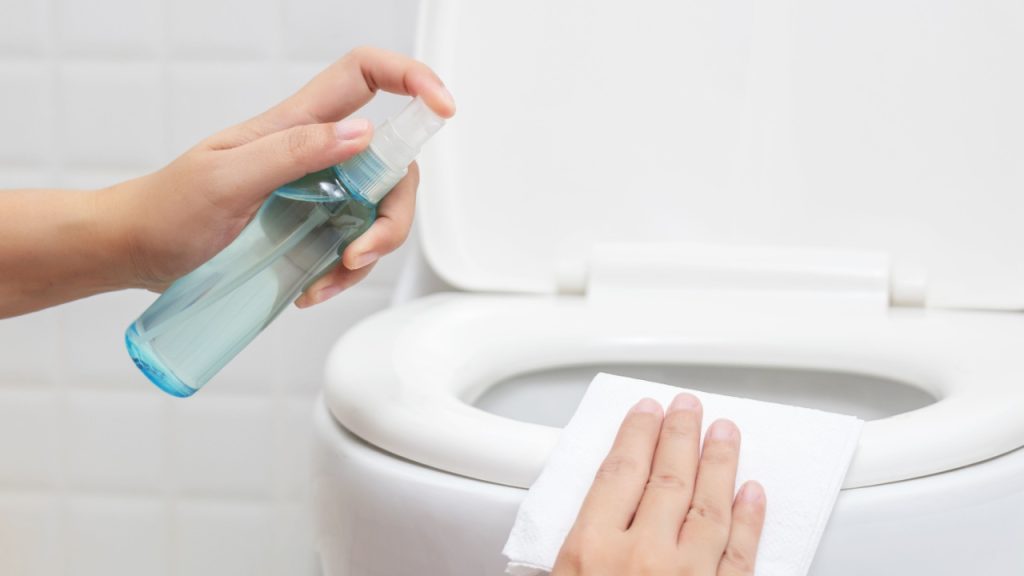We often think of toilet seats as the dirtiest surfaces in our homes, but the truth might surprise you. Many everyday items we touch frequently harbor far more germs than the average toilet seat. These seemingly innocent objects can be breeding grounds for bacteria, viruses, and other microorganisms. Understanding which items are the germiest can help us take better precautions to protect our health. In this eye-opening list, we’ll explore 15 common items that are likely much dirtier than your toilet seat, and why they’re such hotspots for germs.
Kitchen Sponge
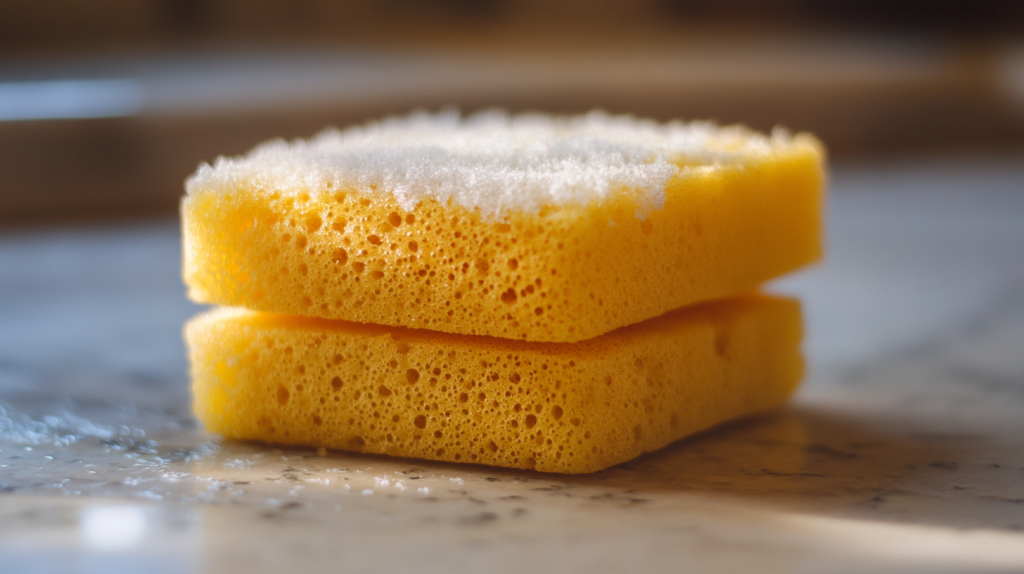
The humble kitchen sponge is a germ paradise. Its damp, porous surface provides the perfect environment for bacteria to thrive. Studies have found that the average kitchen sponge can contain up to 10 million bacteria per square inch, making it 200,000 times dirtier than a toilet seat. To reduce germ buildup, replace your sponge regularly or sanitize it in the microwave or dishwasher.
Smartphone

Our beloved smartphones are constant companions, but they’re also germ magnets. We take them everywhere, including the bathroom, and rarely clean them. As a result, the average smartphone can be up to 10 times dirtier than a toilet seat. To keep your phone cleaner, wipe it down regularly with a microfiber cloth and alcohol-based cleaner.
Computer Keyboard

Your computer keyboard is a hotbed of germs, especially if you eat at your desk or share your computer with others. The spaces between keys can trap food particles and dust, creating a perfect environment for bacteria. Some studies have found keyboards to be five times dirtier than a toilet seat. Regular cleaning with compressed air and disinfectant wipes can help keep germs at bay.
Kitchen Sink
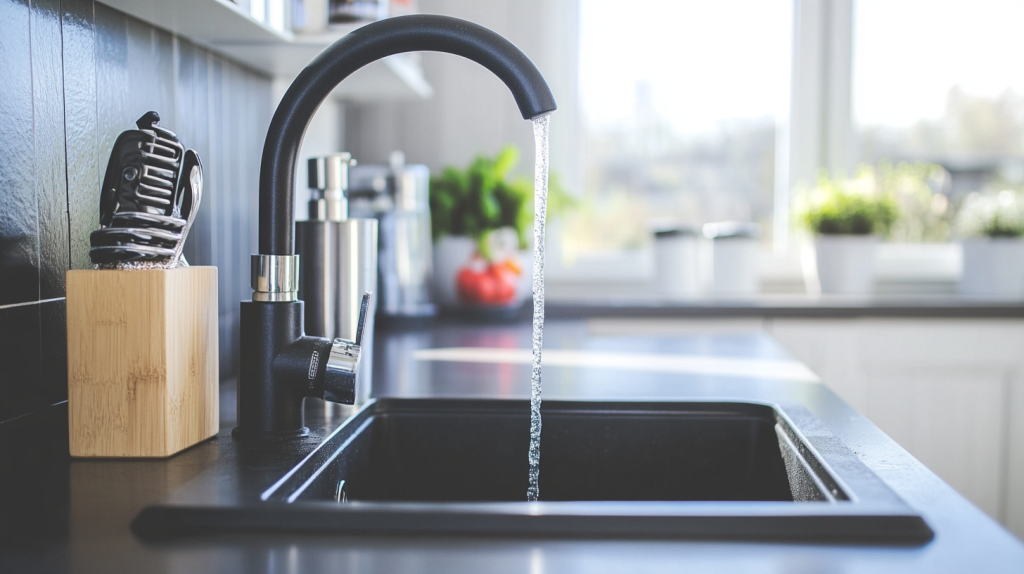
The kitchen sink might seem clean because we use it to wash dishes, but it’s actually one of the germiest spots in the house. Food particles, moisture, and dirty sponges all contribute to making the sink a bacterial breeding ground. In fact, the kitchen sink can contain more than 100,000 times the bacteria found on a toilet seat. Disinfect your sink daily to keep it clean.
TV Remote Control
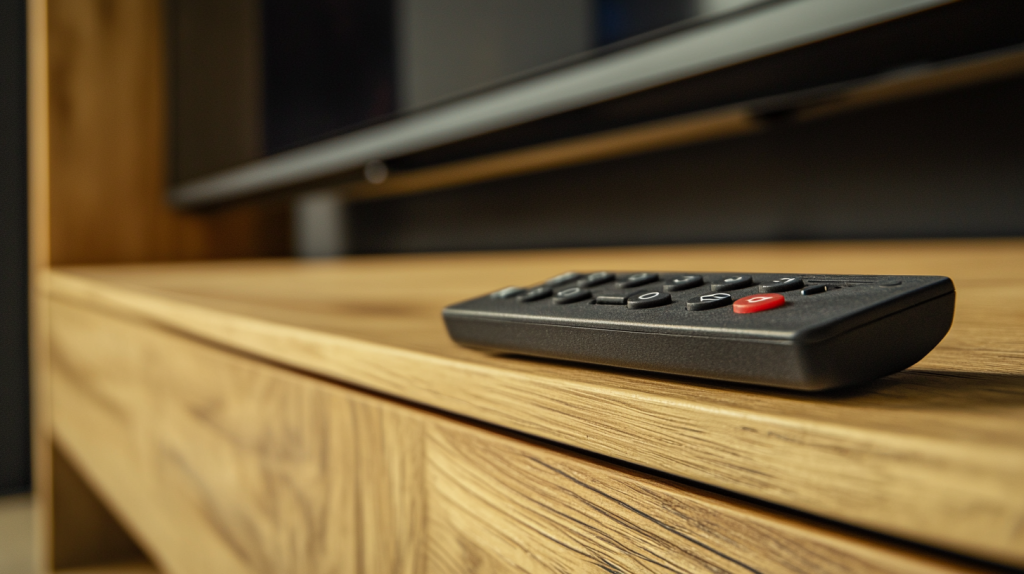
The TV remote is handled by multiple people and rarely cleaned, making it a prime spot for germ accumulation. Studies have found remotes to be among the dirtiest items in hotel rooms, harboring more bacteria than toilet seats. Give your remote a regular wipe-down with a disinfectant cloth to reduce germ buildup.
Cutting Board
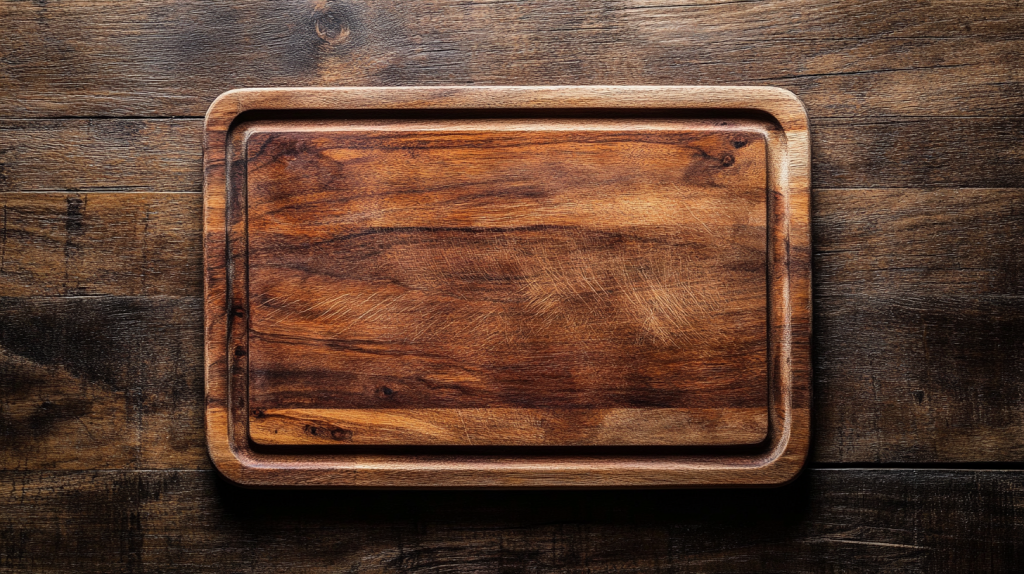
Surprisingly, your cutting board could be harboring more fecal bacteria than a toilet seat. This is especially true for wooden cutting boards, which can develop deep grooves that trap bacteria. Always wash your cutting board thoroughly after use, especially when handling raw meat. Consider using separate boards for meat and vegetables to prevent cross-contamination.
Toothbrush Holder
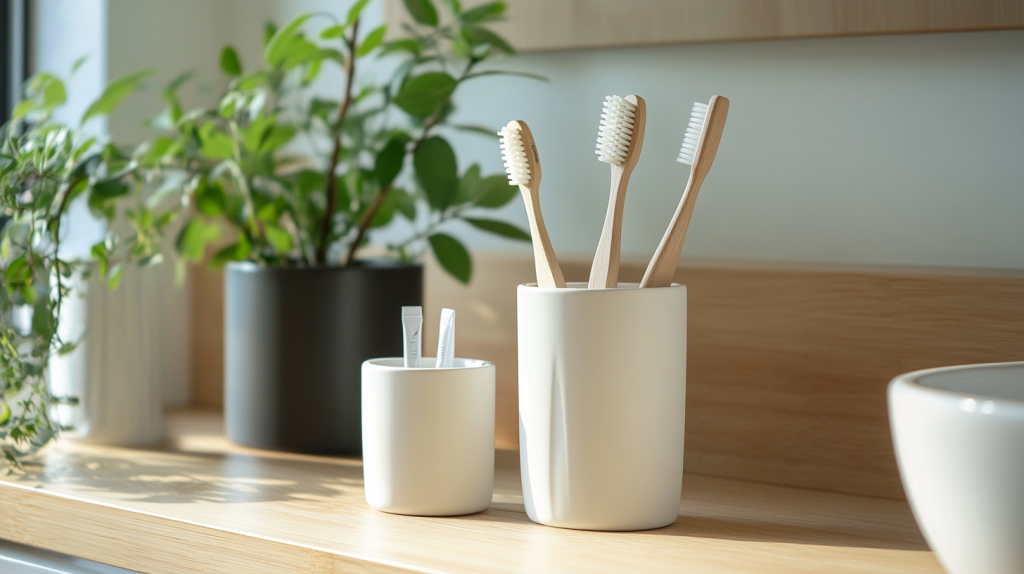
While we focus on keeping our toothbrushes clean, we often neglect the holder. Toothbrush holders are typically located near the toilet and can collect airborne bacteria when the toilet is flushed. They also accumulate drips from wet toothbrushes. Clean your toothbrush holder regularly and consider storing toothbrushes in a closed cabinet.
Pet Bowl

Your furry friend’s food and water bowls can be teeming with germs. Pets’ mouths contain bacteria, which get transferred to their bowls. The moist environment of a water bowl is particularly conducive to bacterial growth. Wash pet bowls daily with hot, soapy water to keep them clean and safe for your pets.
Handbag
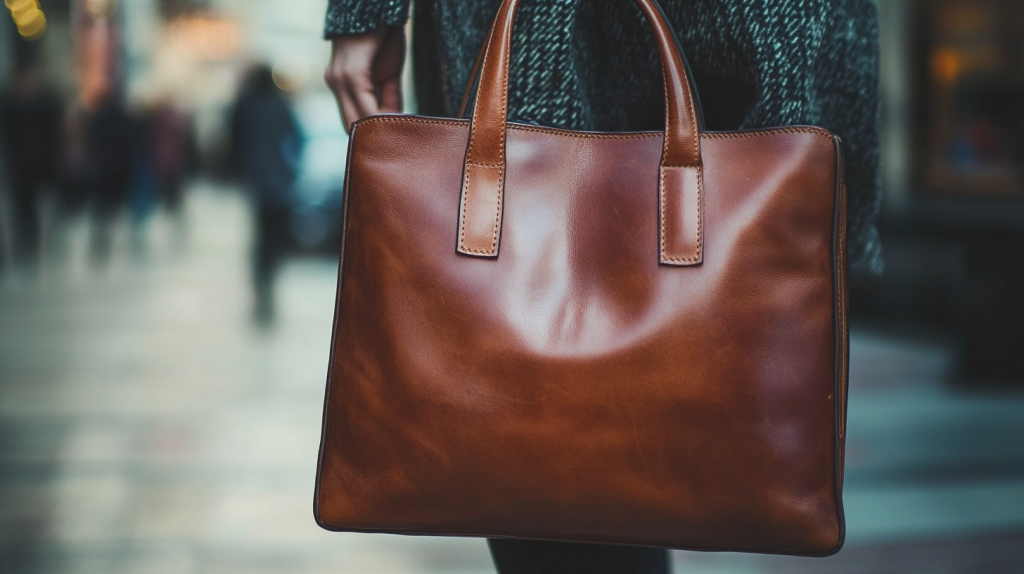
Ladies, your handbag might be carrying more than just your essentials. Handbags often come into contact with dirty surfaces like floors and countertops. The bottom of a handbag can have more bacteria than a toilet seat. Avoid placing your bag on the floor, and clean it regularly with a disinfectant wipe.
Kitchen Towels
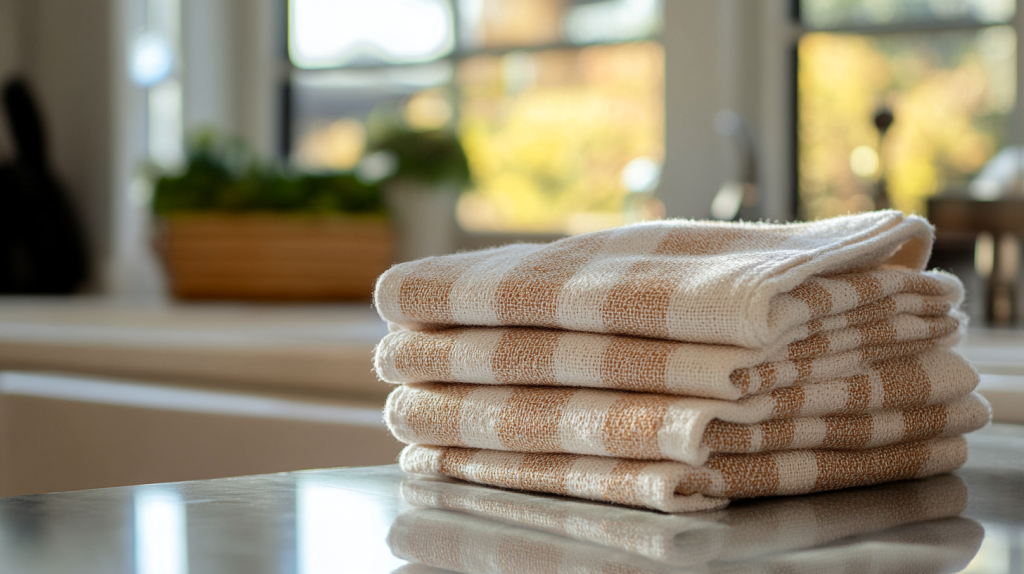
Kitchen towels are often used to wipe up spills, dry hands, and clean surfaces, making them a magnet for germs. Damp towels provide an ideal environment for bacteria to multiply. Some studies have found kitchen towels to contain more E. coli than toilet seats. Wash your kitchen towels frequently in hot water and replace them every few days.
Gym Equipment
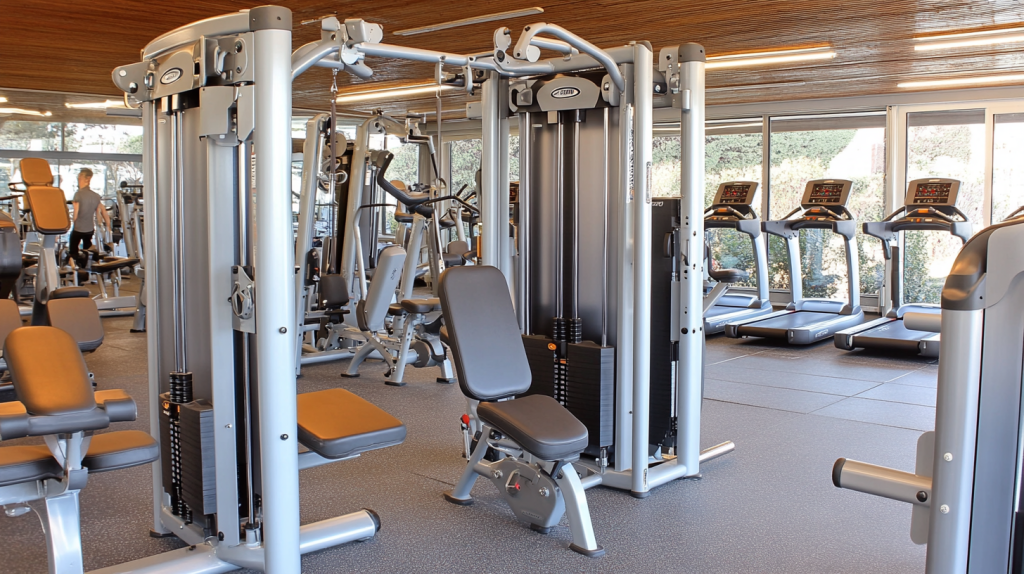
Shared gym equipment can be a hotbed of germs. Sweaty hands and bodies transfer bacteria onto machines and weights. Some gym equipment has been found to have more than 1 million bacteria per square inch. Always wipe down equipment before and after use, and wash your hands after your workout.
Office Coffee Mug

Your office coffee mug might be harboring more germs than the office toilet seat. Many people don’t wash their mugs thoroughly, if at all, between uses. The communal sponge used to clean mugs can also spread bacteria. Take your mug home regularly for a thorough cleaning in hot, soapy water or a dishwasher.
Light Switches
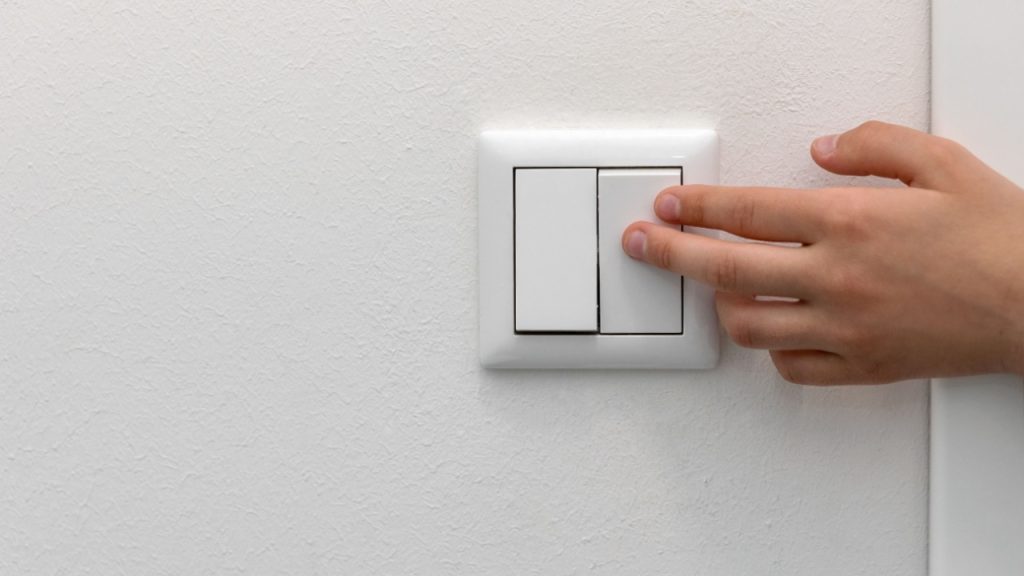
Light switches are touched frequently but rarely cleaned. This makes them a common spot for germ accumulation. In some studies, light switches have been found to harbor more bacteria than toilet seats. Give your light switches a regular wipe-down with a disinfectant cloth to keep them clean.
Computer Mouse
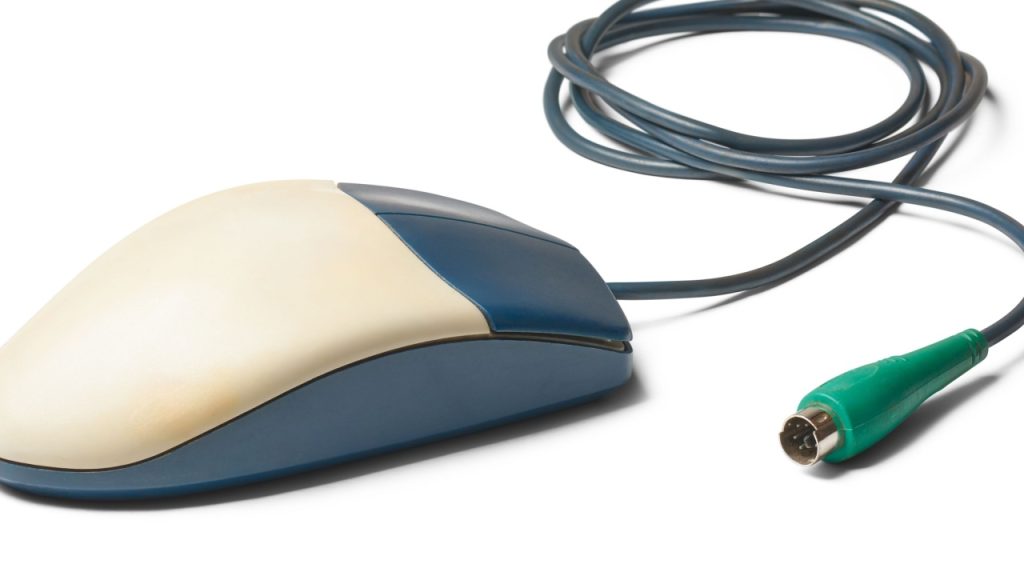
Like keyboards, computer mice are handled frequently and rarely cleaned. They can accumulate oils from our skin, food particles, and other debris, creating a perfect environment for bacteria. Some studies have found computer mice to be three times dirtier than a toilet seat. Clean your mouse regularly with a disinfectant wipe.
Faucet Handles
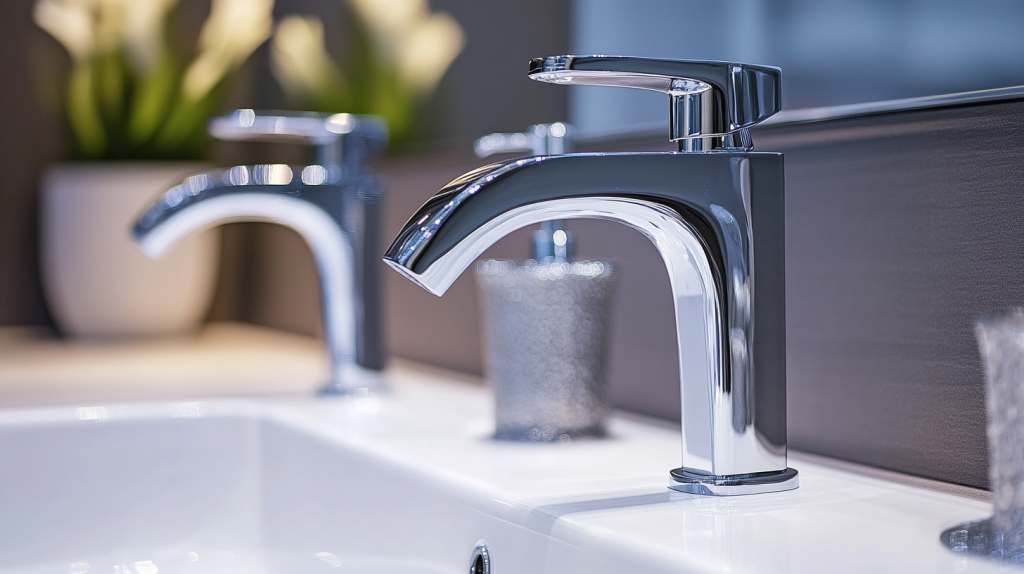
Ironically, the handles we touch to clean our hands can be dirtier than a toilet seat. We often touch faucet handles with dirty hands before washing. The moist environment around sinks also promotes bacterial growth. Make sure to clean and disinfect your faucet handles regularly, especially after handling raw meat or other potential contaminants.
Katy Willis is a writer, master herbalist, master gardener, and certified canine nutritionist who has been writing since 2002. She’s finds joy in learning new and interesting things, and finds history, science, and nature endlessly fascinating.
